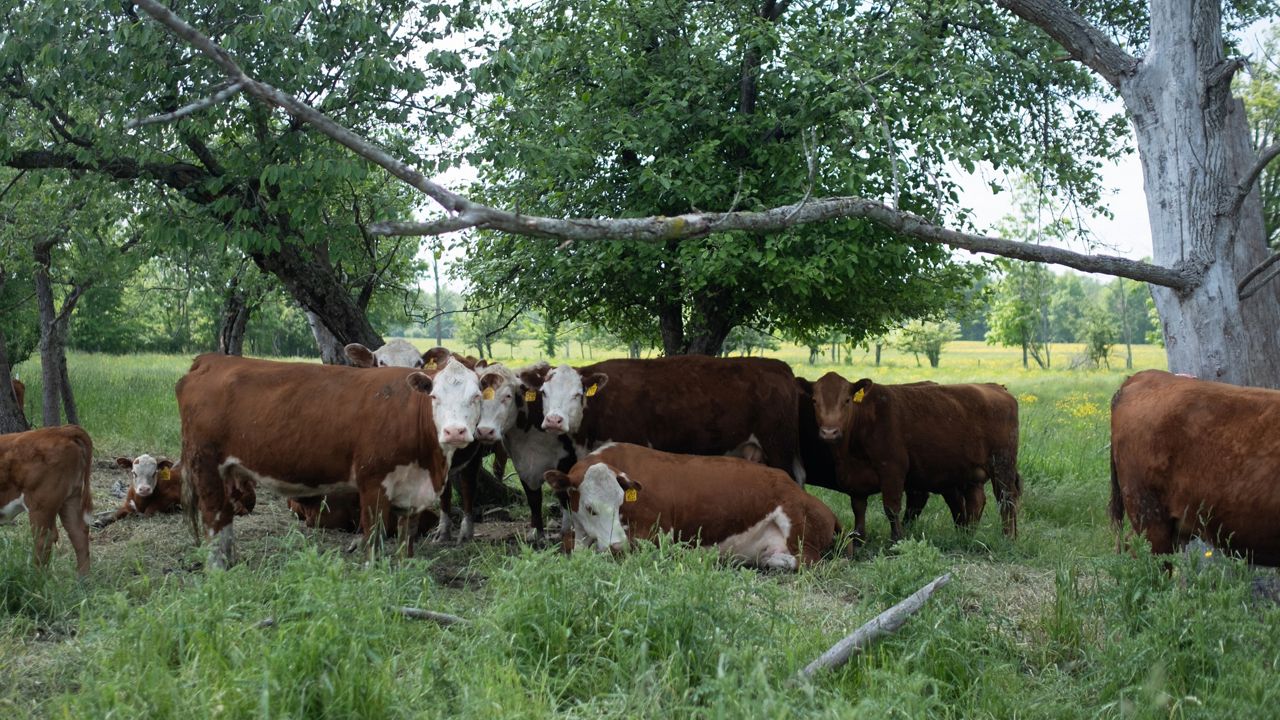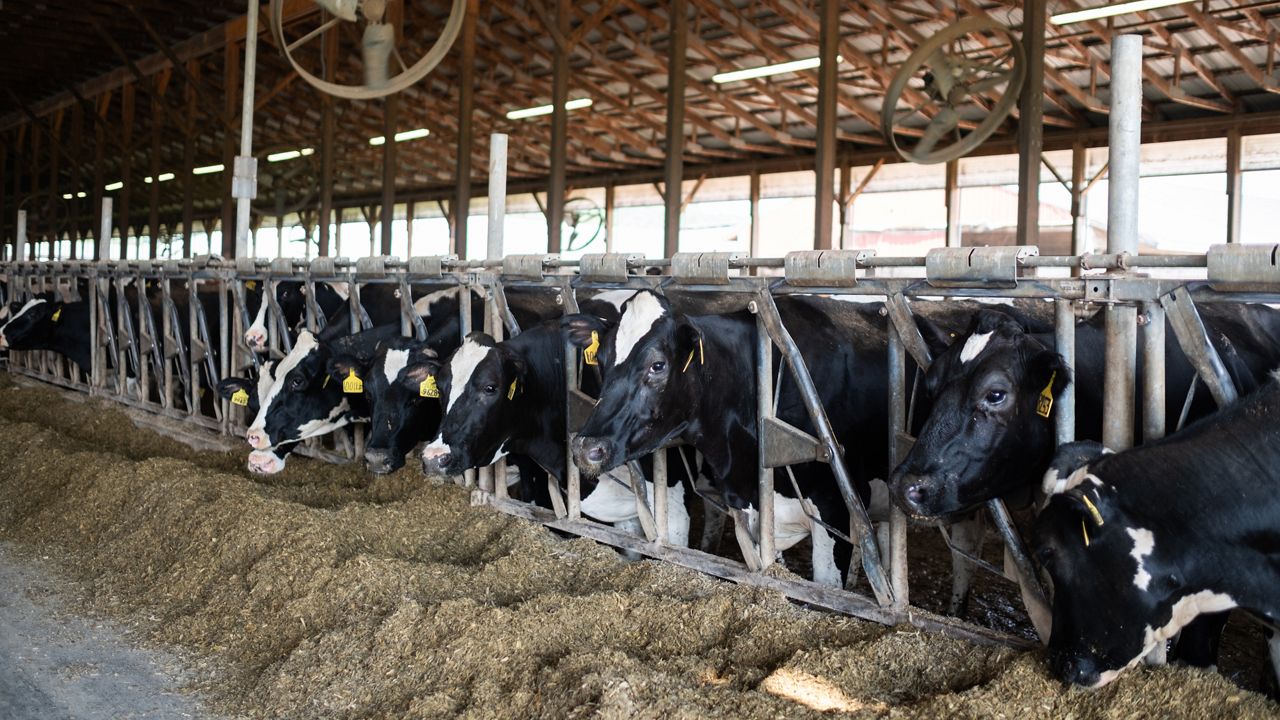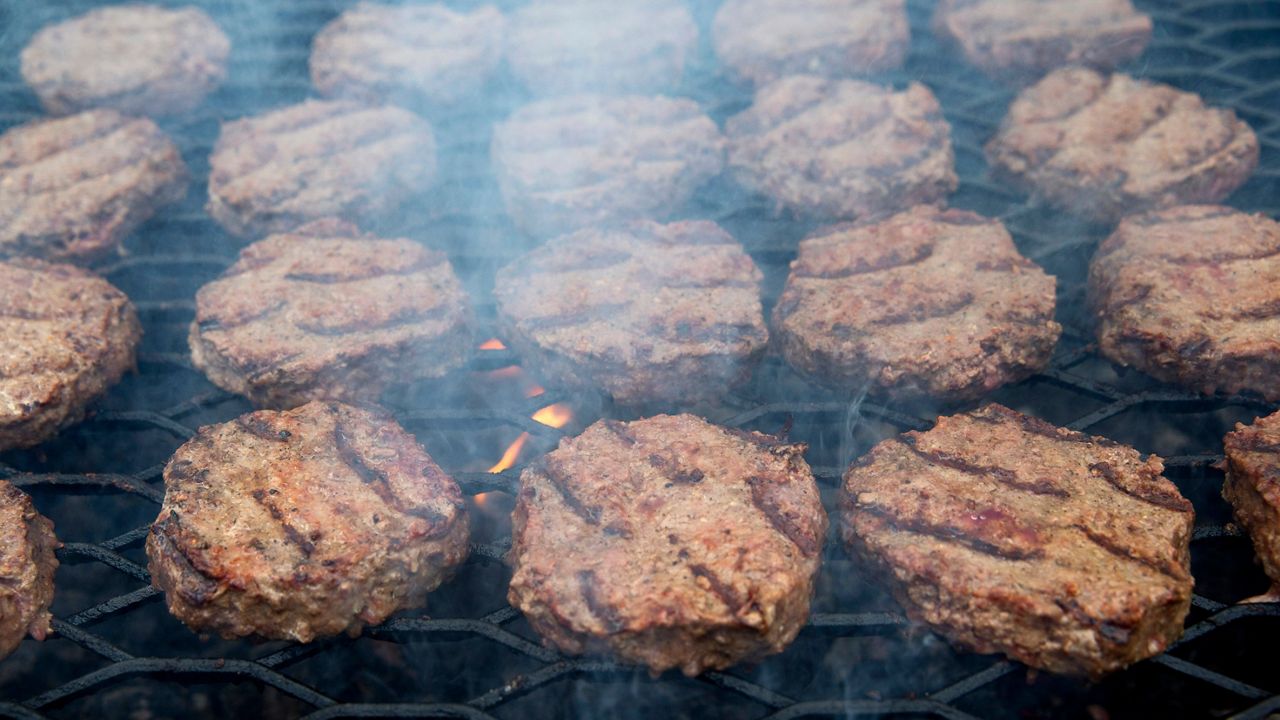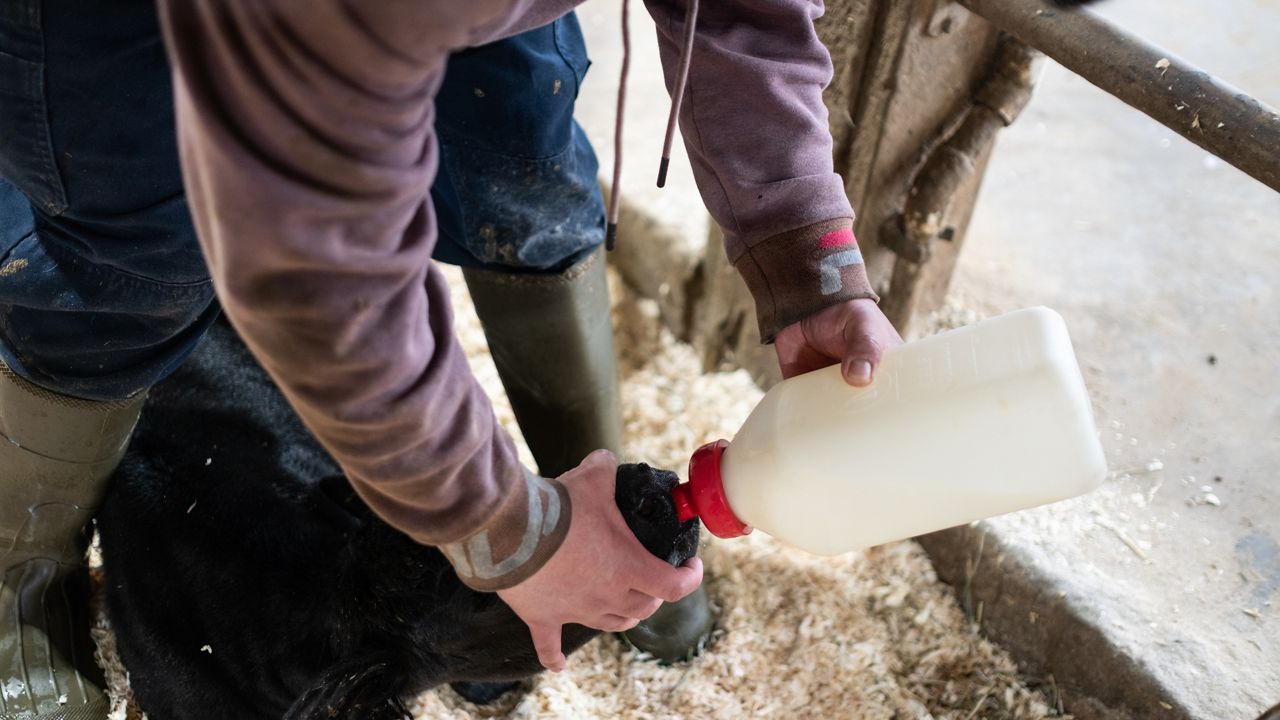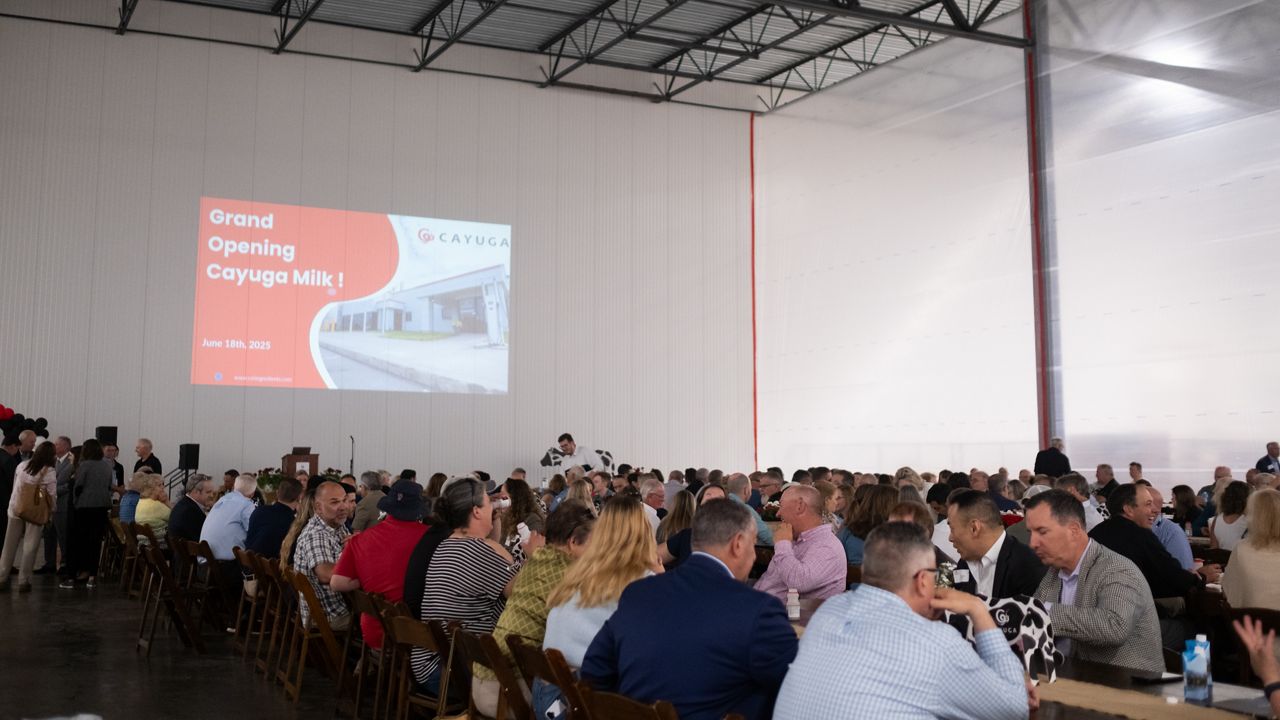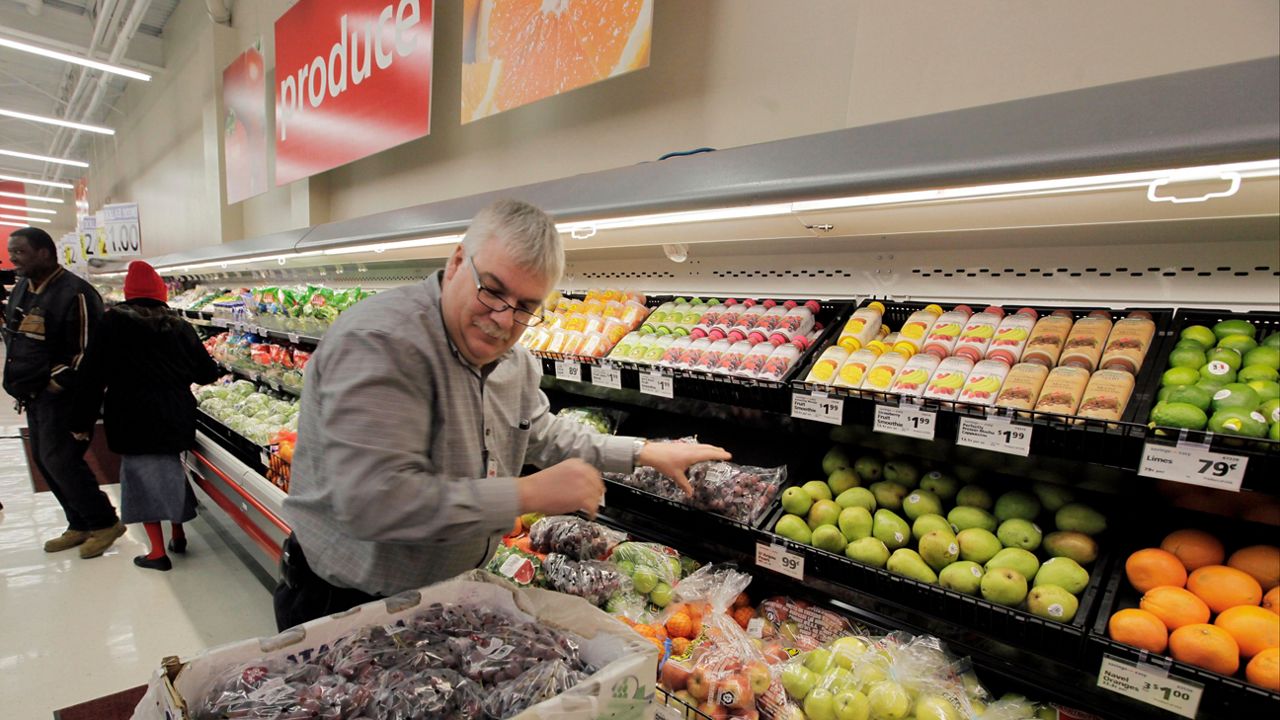“Beef. It’s what’s for dinner:" The popular marketing campaign became a hit thanks to a mandated fee tacked onto each sale of cattle in U.S., but one that hasn’t seen an increase in four decades.
As part of the 1985 farm bill, for every bovine animal sold in the U.S., $1 is collected for the Beef Checkoff Program. Of that, 50 cents stays in the state where the animal was sold, and 50 cents goes to the National Beef Checkoff Program.
The economy has changed dramatically since 1985, but the amount collected has stayed the same, which is why John Kriese, who raises Hereford cattle in Yates County, is advocating for a state-sponsored secondary checkoff.
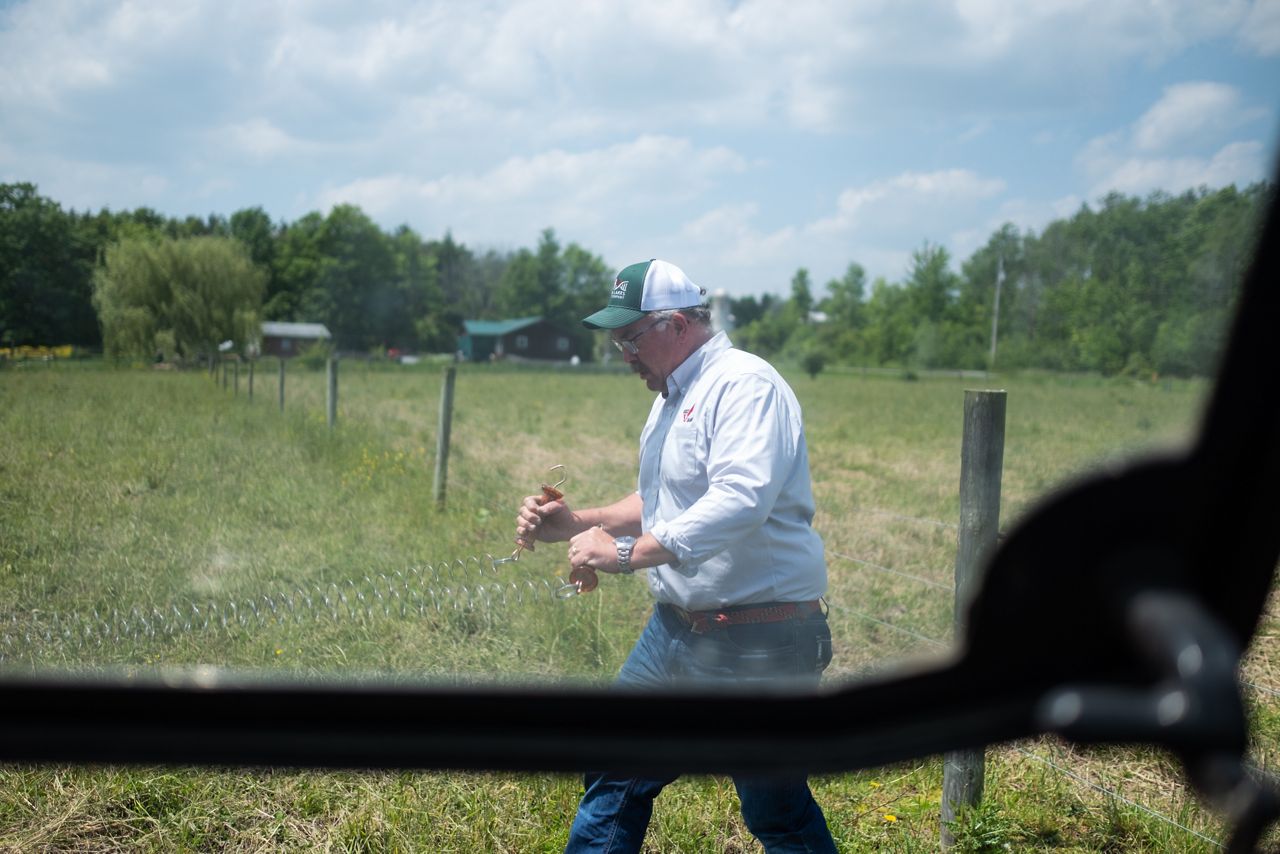
“That 1985 dollar is worth maybe 30 cents, or just under that now,” he said. “Many states have gone ahead and said, 'let’s do great things for our in-house producers,' and many of them have implemented what’s called a secondary checkoff.”
Texas and New Mexico have implemented a secondary state-level checkoff that funds research and promotional programs for the beef industry.
“It seems like many of the states where all the cattle are have done that. Unfortunately, in New York, where we got all the people, we don’t have a secondary checkoff,” Kriese said.
New York is referred to as a market-heavy state, even though there aren’t as many cattle as Midwestern states, the consumer market is much larger. That’s led to money from the Midwest to pay for programs in New York.
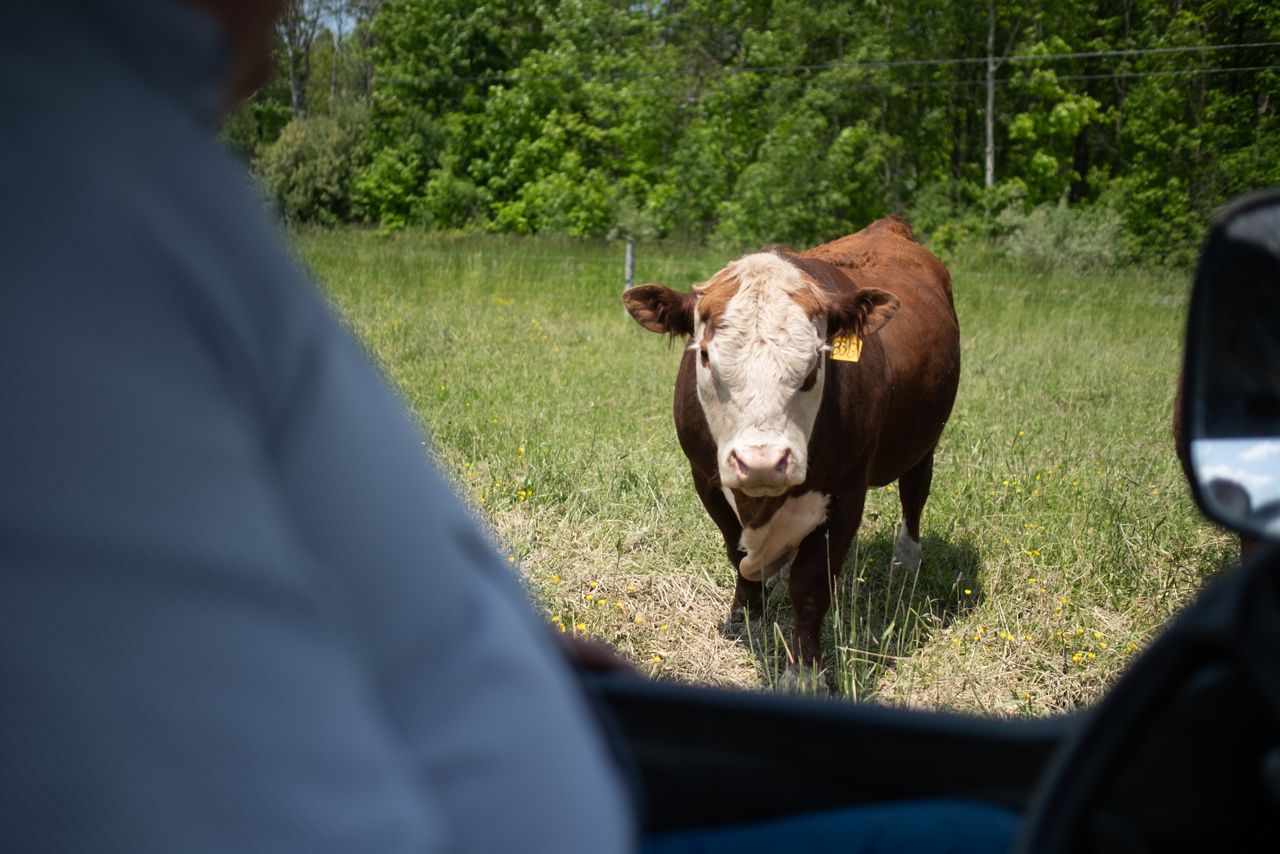
“They actually fund some of our consumer-based initiatives because they have more cattle than they have people. They’ve got tons of money and they’re totally willing to fund things,” Kriese said.
For example, the Iowa Beef Council is currently funding a set of advertisements that are running in New York City that promote beef consumption.
New York generates about $300,000 per year from the Beef Checkoff, while states like Texas, South Dakota and Colorado that have more cattle sales can generate millions of dollars each year, Kriese said. Nationally, the Beef Checkoff made $3.3 billion in 2023.
A dollar is collected from cattle sales imports and exports as well, Kriese said. Australia and Brazil contribute to the imported cattle with most of the meat is used for ground beef.
“The number one cut of beef consumed in America is ground beef. We are a burger nation, and in America, we’re very thankful to have good trade agreements to keep this lean [beef] coming in,” Kriese said.
Ashley Schoones, executive director of the New York Beef Council, said the dairy industry also contributes to the Beef Checkoff program, including beef and dairy cross calves which have become more popular for dairy farmers trying to diversify their income.
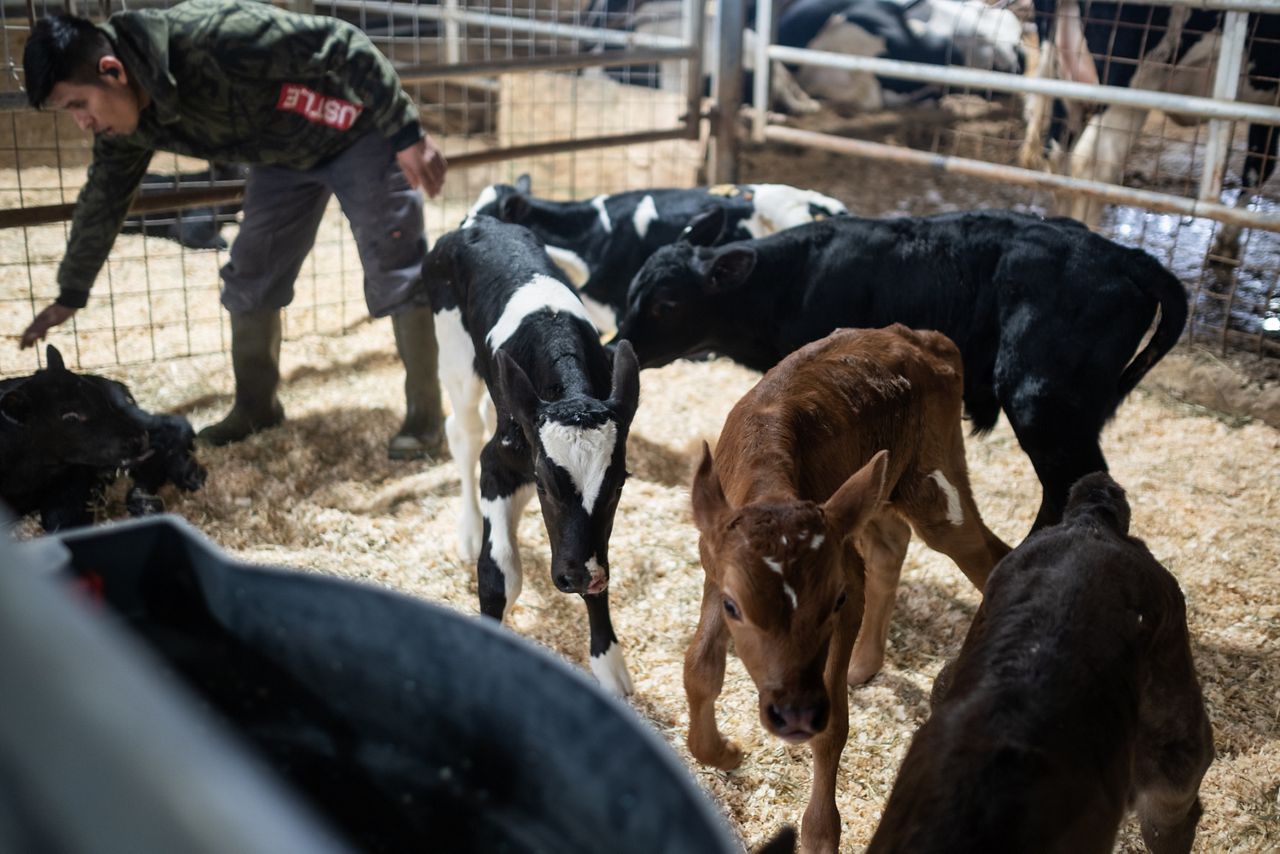
Beef producers have increased their efficiency in the way they have raised cattle, leading to fewer sales, Schoones said. The amount of meat that can come from one animal is larger than it was 50 years ago, which impacts the herd size, too.
“It follows obviously cattle herd numbers, too. A few years ago, with the droughts they had out west, people weren’t keeping as many cattle on their farm, so the cattle herd numbers were down,” she said.
The president of the New York Beef Producers Association and beef producer, Zack Welker, said he would support a supplementary checkoff in New York.
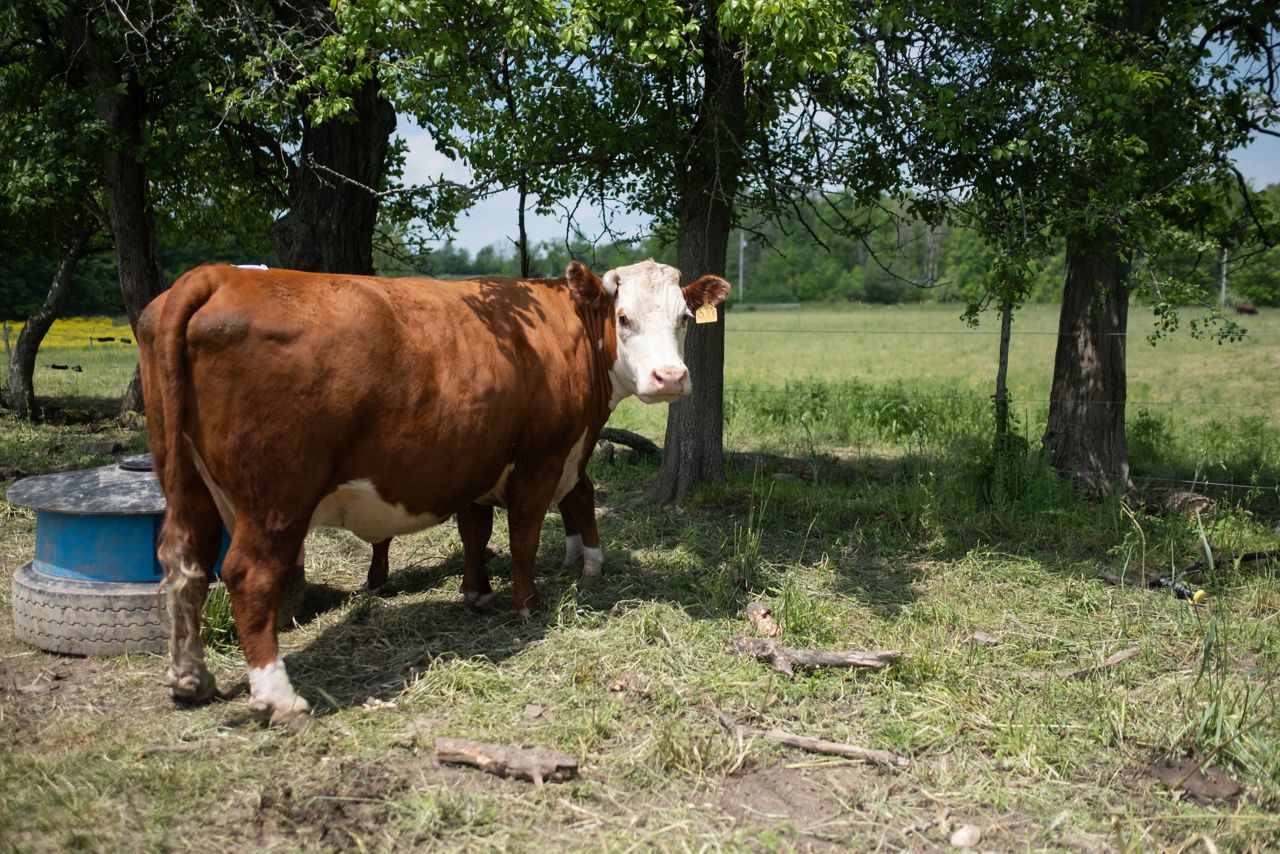
“We have a very strong New York Beef Council here that’s always advocating for us as producers. I think that they do wonderful work with the resources that they have but given a little more they could do an even better job doing that,” Welker said.
Welker said he doesn’t have a good sense of how widespread this idea is in New York, but anticipates there could be some hurdles.
“We’re a big dairy state and those cows that come from dairy producers have to get the checkoff taken too, and I don’t know necessarily that the dairy industry at-large would go for an extra induction even if it was only $1 or 50 cents. I haven’t been able to get a real good temperature of that,” he said.


